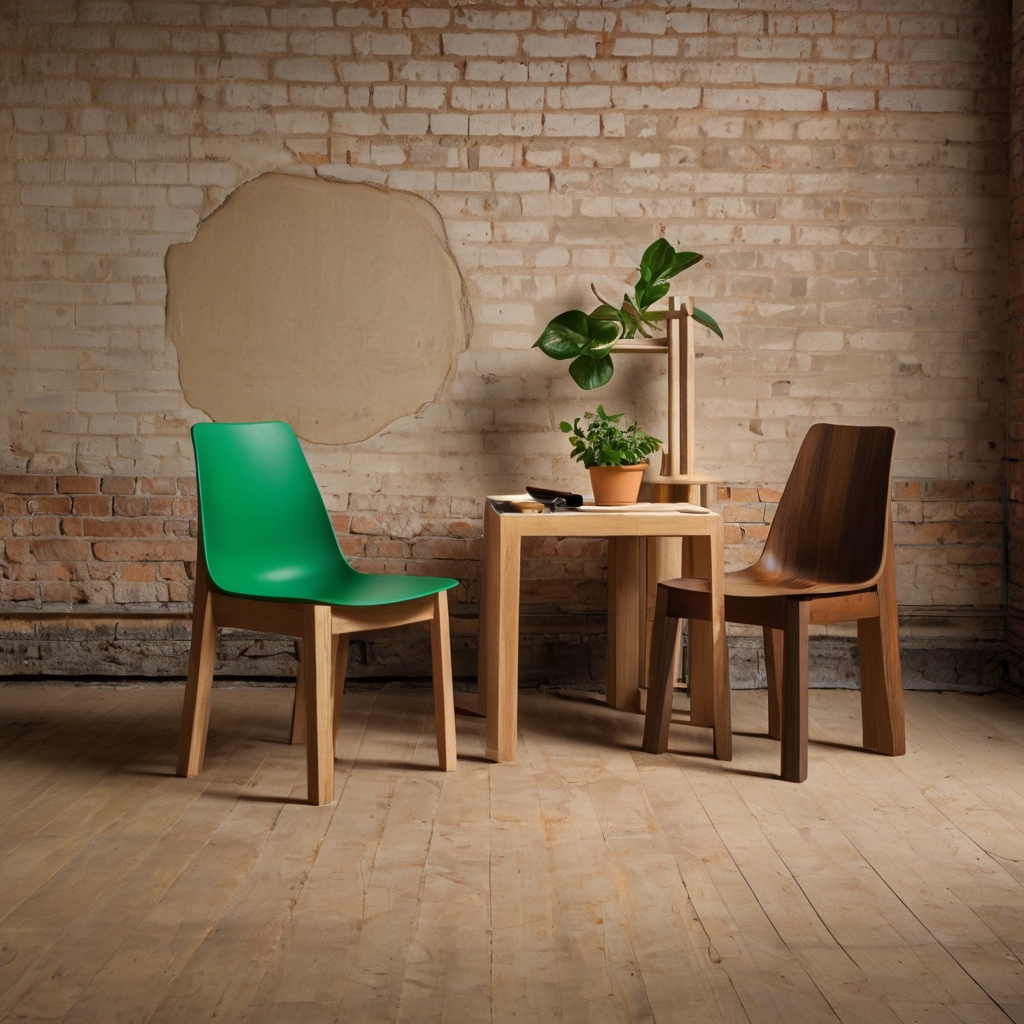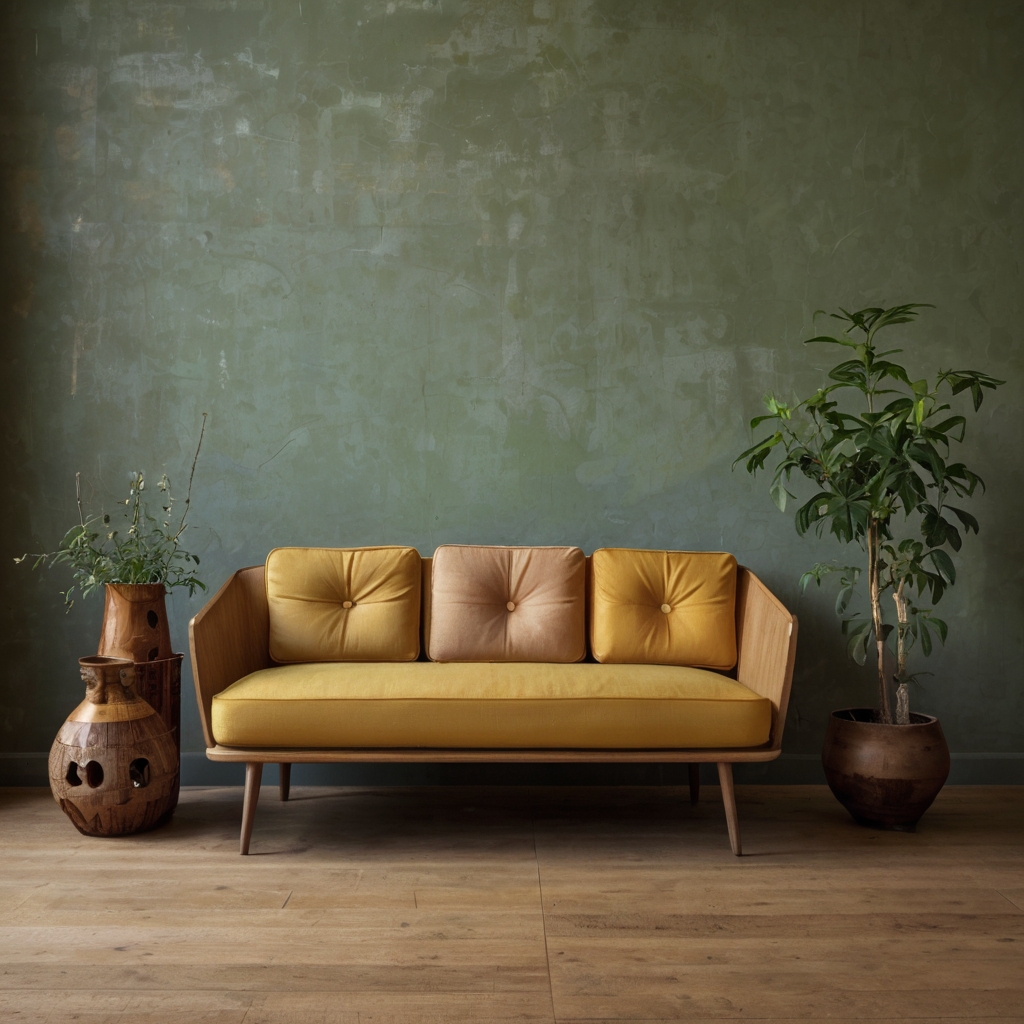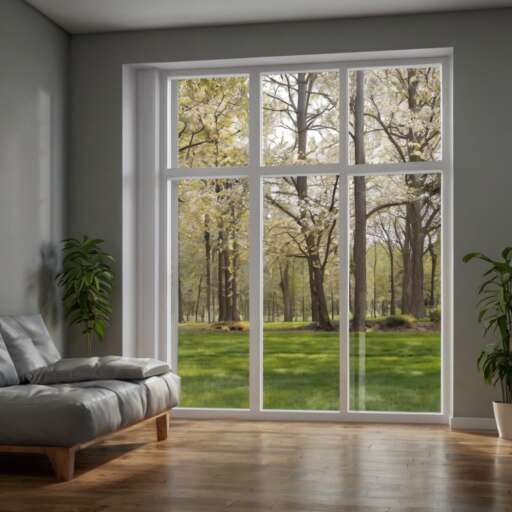Key Takeaways:
- Effectively recognizing outdated or unnecessary furniture is critical for efficient decluttering.
- Utilizing sustainable methods to dispose of or repurpose old furniture promotes environmental responsibility.
- Eliminating clutter enhances both your physical health and mental well-being.
Cluttered homes may be unpleasant and stressful, making relaxing and keeping organized difficult. Clearing out unnecessary items creates more space and improves daily life. Small steps can make a big difference, whether it’s a messy closet, crowded kitchen, or overflowing garage. Sorting, donating, and adequately storing belongings can help maintain order and reduce frustration. The process doesn’t have to be complicated or time-consuming. A simple plan and consistent effort make any living space more functional and comfortable. Starting the journey to a more organized home can result in more calm and productive living.

Table of Contents
Recognizing When to Let Go
Decluttering can initially feel overwhelming, particularly when deciding which furniture pieces have outlasted their usefulness. Start by assessing the practical utility of each piece. Does that worn-out sofa still provide comfort, or is it merely occupying space? Functionality should be a primary criterion—if the item no longer serves its intended purpose, it’s time to contemplate letting it go. For many, Marie Kondo’s method of keeping items that ‘spark joy’ helps in this process, yet it’s essential to consider beyond emotions. Financial aspects should also factor into your decisions. If the cost of repairing furniture rivals or exceeds that of purchasing new, opting for replacements may be economically practical. Engaging the expertise of services that remove furniture can provide the muscle needed for discarding and clarity in making these decisions objectively.
The Emotional Attachment Dilemma
Furniture often acts as a repository for cherished memories, complicating the decision to part with it. Items like a family dining table that hosted generations of laughter and celebration or a comfy armchair where nightly bedtime stories were read hold sentimental value far more significant than their physical form. To manage emotional attachments, consider keeping a small piece of the item or transforming its materials into something meaningful, such as a photo frame or a decorative object. Passing items on to friends or family helps keep the memories alive and allows those pieces to create new stories and meaning in different homes. This way, you honor the past while making space for the latest.
Sustainable Disposal Options
Letting go of old furniture doesn’t necessarily mean contributing to landfill waste. There are numerous sustainable ways to dispose of furniture that extend its life cycle and reduce environmental impact. Donating usable pieces to charitable organizations declutters your space and supports needy families, providing your items with a new purpose. Many charities willingly accept furniture, redistributing it to those who could benefit from it. Upcycling is another fantastic option—through creative redesign and refurbishment, old furniture can be transformed into fresh, exciting pieces that resonate with personal style. This not only sparks creativity but also embraces environmental consciousness by minimizing waste.
Health Benefits of a Decluttered Space
A clutter-free environment profoundly benefits both physical health and mental clarity. Excess furniture can accumulate dust, affecting home air quality and exacerbating allergies or respiratory problems. Psychologically, clutter is associated with chaos—it fosters tension and anxiety. Studies indicate that messy surroundings incrementally increase cortisol levels and the stress hormone, fueling reduced productivity and focus. By diminishing clutter, you craft an organized haven conducive to relaxation and well-being, equipping you to tackle daily tasks with renewed vigor and concentration.
Practical Strategies for Decluttering
Employing pragmatic strategies is vital to mastering the art of decluttering. Start with achievable goals by focusing on one room or area at a time, circumventing being overwhelmed by tackling the entire house. The ‘one-in, one-out’ rule is an effective maintenance strategy; it maintains balance by ensuring that each new acquisition replaces an old item. This approach prevents accumulation and encourages mindful purchasing habits. The ‘four-box’ method is also invaluable—it involves categorizing items into four distinct boxes: trash, give away/sell, keep, or relocate. This structured strategy not only bolsters decision-making but also mitigates indecision.
Financial Gains from Old Furniture
Organizing your living space can also result in surprising monetary benefits. Selling well-maintained items via online marketplaces, consignment shops, or local garage sales can yield considerable income. This unexpected income can be reinvested into upgrading your home decor with quality pieces that better align with your aesthetic preferences or be utilized for future projects or savings. By exploring community events or specialty shops dedicated to furniture resale, you maximize financial returns and contribute to the circular economy, breathing new life into items that might have been neglected.
Creating a New Environment
With the clutter cleared, a fresh chapter in home design presents itself, allowing you to transform your environment to better accommodate your lifestyle. Whether your vision gravitates toward a minimalist aesthetic or a cozy, eclectic atmosphere, arranging the remaining pieces to align with your style is essential. Adding elements such as indoor plants can invigorate your space with vitality, affording aesthetic pleasure and improved air quality. Additionally, lighting plays a transformative role in crafting the atmosphere; explore how various lights, from natural sunshine to innovative lamps, can enhance the mood and functionality of your decluttered spaces.
Regular Maintenance for a Clutter-Free Home
Remember, decluttering is not a one-time effort but a continuing process that requires regular attention. Integrating systematic evaluations into your routine through seasonal cleanouts ensures your home remains a sanctuary of calm. These periodic evaluations prevent excessive accumulation of items and encourage decoration adaptability as personal preferences evolve. Seeing your living space as a reflection of your life’s current chapter reinforces the commitment to maintaining harmony and balance. Through this steady affirmation, your home becomes more than a mere backdrop—it embodies your aspirations and growth.


